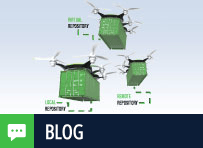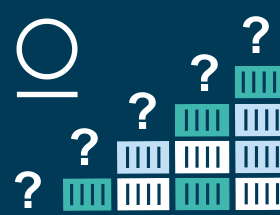JFrog Security research discovers coordinated attacks on Docker Hub that planted millions of malicious repositories
As key parts of the software ecosystem, and as partners, JFrog and Docker are working together to strengthen the software ecosystem. Part of this effort by JFrog’s security research team involves continuous monitoring of open-source software registries in order to proactively identify and address potential malware and vulnerability threats. In former publications, we have discussed …








